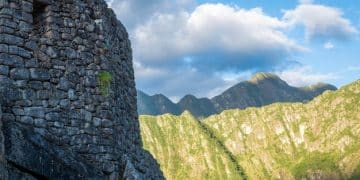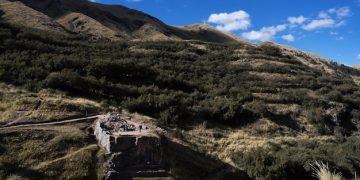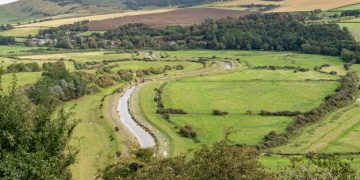Avoid Altitude Sickness: US Traveler’s Guide to Acclimatizing in Peru

Altitude sickness can ruin a trip to Peru, especially if you’re planning to trek; this guide provides US travelers with effective strategies for acclimatizing, including gradual ascent, hydration, diet, and recognizing symptoms.
Planning a trek in the stunning landscapes of Peru? Don’t let altitude sickness spoil your adventure. This guide is designed for US travelers, providing practical tips and essential information to help you acclimatize and enjoy your Peruvian journey to the fullest.
Understanding Altitude Sickness in Peru
Peru’s breathtaking scenery comes with a challenging side effect: high altitude. Many popular destinations like Cusco, Machu Picchu, and Lake Titicaca sit at elevations where altitude sickness can strike. It’s crucial to understand what causes this condition and how it can affect your body to prepare effectively.
What is Altitude Sickness?
Altitude sickness, also known as acute mountain sickness (AMS), occurs when you ascend to high elevations too quickly. Your body struggles to adapt to the lower oxygen levels, leading to various symptoms.
Common Symptoms to Watch Out For
Recognizing the signs is the first step in managing altitude sickness. Common symptoms include headache, nausea, fatigue, dizziness, and shortness of breath. More severe symptoms can include confusion, fluid buildup in the lungs (pulmonary edema), and fluid buildup in the brain (cerebral edema), which require immediate medical attention.
- Headache: Often the first and most common symptom.
- Nausea: Can range from mild queasiness to vomiting.
- Fatigue: Feeling unusually tired, even after rest.
- Dizziness: Lightheadedness or feeling unsteady.
Prevention is always better than cure. Knowledge empowers you to take the necessary precautions, ensuring a more comfortable and enjoyable trip.
Planning Your Acclimatization Strategy
A well-thought-out itinerary is your best defense against altitude sickness. Gradual ascent is key, allowing your body time to adjust to the decreasing oxygen levels. Consider these strategies when planning your Peruvian adventure.
Choosing the Right Itinerary
Instead of flying directly to Cusco (11,152 feet) from sea level, consider a route that allows for gradual acclimatization. Spending a few days in a lower altitude city like Arequipa (7,661 feet) can make a big difference.
Allowing for Rest Days
Don’t pack your itinerary too tightly. Incorporate rest days at intermediate altitudes to give your body a chance to adapt. During these rest days, avoid strenuous activities that could exacerbate symptoms.
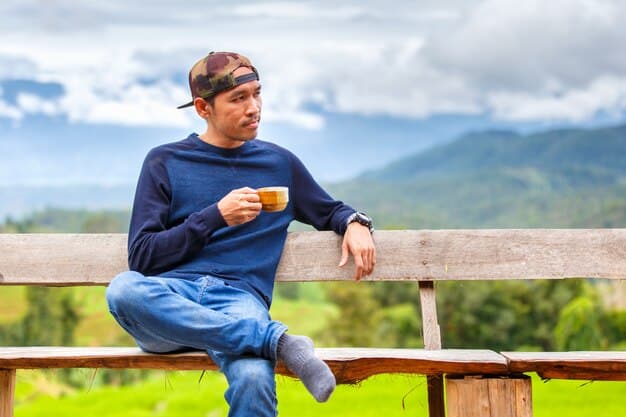
Remember that everyone acclimatizes at different rates. Listen to your body and adjust your plans accordingly. Flexibility is essential for a successful and healthy trip.
The Role of Hydration and Diet
What you eat and drink plays a significant role in how well you acclimatize. Proper hydration and a balanced diet can help your body cope with the stresses of high altitude. Make mindful choices to support your acclimatization process.
The Importance of Hydration
At higher altitudes, your body loses fluids more quickly through respiration and urination. Drink plenty of water throughout the day to stay adequately hydrated. Avoid sugary drinks and excessive caffeine, as they can dehydrate you.
Foods to Favor and Avoid
Opt for a diet rich in carbohydrates, as they are easier to digest at high altitude. Avoid heavy, fatty foods and excessive alcohol consumption. Some travelers find relief in traditional remedies like coca tea, which can help alleviate mild symptoms of altitude sickness.
- Hydrate: Drink at least 3-4 liters of water daily.
- Carbohydrates: Choose foods like rice, pasta, and bread.
- Avoid: Limit alcohol, caffeine, and fatty foods.
By prioritizing hydration and making conscious food choices, you can significantly improve your body’s ability to acclimatize.
Medications and Herbal Remedies
While acclimatization is the most effective way to prevent altitude sickness, certain medications and herbal remedies can help manage symptoms. Consult with your doctor before your trip to discuss your options.
Prescription Medications
Acetazolamide (Diamox) is a common medication prescribed to prevent and treat altitude sickness. It works by increasing the rate at which your body acclimatizes. However, it can have side effects, so discuss it thoroughly with your physician.
Coca Tea and Other Herbal Remedies
In Peru, coca tea is a traditional remedy for altitude sickness. It contains mild stimulants that can help alleviate headaches and fatigue. Ginger tea is another option, known for its anti-nausea properties. Always ensure that herbal remedies do not interact with any medications you are taking.
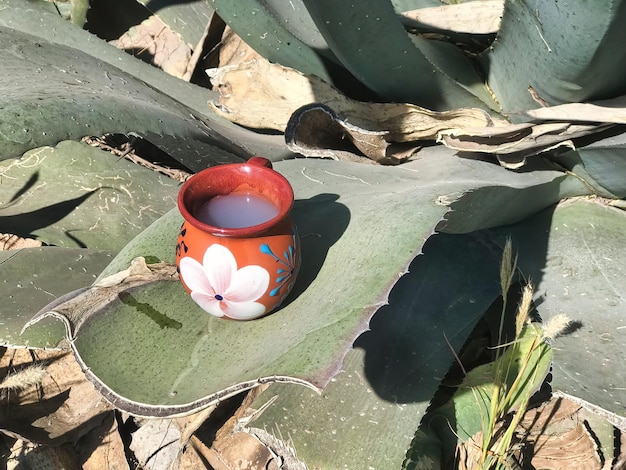
Remember that medications and remedies should be used as supplementary measures, not as a replacement for proper acclimatization. Always prioritize gradual ascent and listen to your body.
Monitoring Your Symptoms and Responding Appropriately
Even with careful planning and acclimatization efforts, altitude sickness can still occur. It’s crucial to monitor your symptoms closely and know how to respond if they arise. Early detection and appropriate action can prevent mild symptoms from escalating into a more serious condition.
Recognizing the Warning Signs
Pay attention to your body and be aware of even mild symptoms like a slight headache or feeling more tired than usual. Don’t dismiss these warning signs, as they could indicate the early stages of altitude sickness.
When to Descend
Descent is the most effective treatment for altitude sickness. If your symptoms worsen despite rest and hydration, descend to a lower altitude immediately. Even a descent of a few hundred meters can make a significant difference. Seek medical attention if your symptoms are severe or do not improve with descent.
- Monitor: Pay attention to even mild symptoms.
- Rest: If symptoms appear, stop ascending and rest.
- Descend: If symptoms worsen, descend immediately.
Your health and safety are paramount. Don’t hesitate to prioritize your well-being and adjust your plans if necessary.
Essential Gear and Resources for US Travelers
Being well-equipped and informed can make a significant difference in your ability to acclimatize and enjoy your Peruvian trek. Pack essential gear and familiarize yourself with resources available to US travelers in Peru.
Packing the Right Gear
Pack clothing appropriate for a range of temperatures, as weather conditions in the Andes can change rapidly. Bring sunscreen, sunglasses, and a hat to protect yourself from the strong sun at high altitude. Consider bringing a portable oxygen canister for emergency use.
Useful Resources for US Travelers in Peru
The US Embassy in Peru can provide assistance in case of emergencies. Research local medical facilities and emergency services before your trip. Travel insurance that covers medical evacuation is highly recommended. Websites contain information about the symptoms.
By equipping yourself with the right gear and resources, you can minimize risks and enjoy a safer, more comfortable trekking experience in Peru.
| Key Point | Brief Description |
|---|---|
| ⛰️ Gradual Ascent | Ascend slowly to allow your body to adjust to lower oxygen levels. |
| 💧 Hydration | Drink plenty of water to combat dehydration at high altitude. |
| 🌿 Coca Tea | Consider coca tea to alleviate mild symptoms of altitude sickness. |
| 🩺 Monitor Symptoms | Pay attentiveness to feeling as you trekk. Descend if problems arises |
FAQ Section
▼
The best way to acclimatize is through gradual ascent. Spend a few days at a lower altitude before ascending to higher elevations like Cusco or Machu Picchu. Rest days are also crucial.
▼
Aim to drink at least 3-4 liters of water per day to stay adequately hydrated. Avoid sugary and caffeinated drinks, as they can dehydrate you further.
▼
Common symptoms include headache, nausea, fatigue, dizziness, and shortness of breath. More severe symptoms can include confusion and difficulty walking.
▼
Coca tea is a traditional remedy that some travelers find helpful for alleviating mild symptoms. However, it’s not a substitute for proper acclimatization.
▼
Seek medical attention immediately if your symptoms are severe or do not improve with rest and descent. Confusion, difficulty breathing, and chest tightness are signs of a serious condition.
Conclusion
By understanding the risks of altitude sickness and implementing these strategies, US travelers can greatly enhance their chances of a safe and enjoyable trek in Peru. Careful planning, gradual acclimatization, and attentiveness to your body are key to a successful adventure in the Andes.


